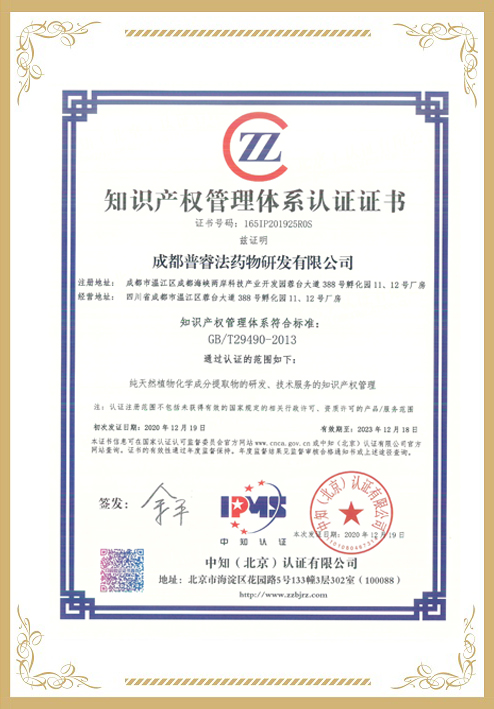Background: Klebsiella pneumoniae is an important opportunistic pathogen that frequently causes nosocomial infections. Notably, this bacterium has emerged as a major problem in hospital settings because of its acquisition of resistance to carbapenems. The majority of antibiotics act by targeting crucial pathways within bacterial cells. However, due to the development of resistance mechanisms, the efficiency of these antibiotics has decreased. Therefore, this study focused on a putative protein (DNA adenine methyltransferase; Dam) found in K. pneumoniae that encompasses a DNA methylation protein domain, indicating a novel potential target for pharmacological intervention. DNA methylation affects bacterial virulence attenuation.
Methods: In the unavailability of a 3D structure for Dam protein in protein database, a 3D model was generated using SWISS-MODEL server and validated using computational tools. Following that, screening was performed against the Dam protein using a set of 2706 phytochemicals obtained from the ZINC database using PyRx0.8. ProTox-II platform was used to predict the physicochemical properties and various toxicity endpoints.
Results: Among the screened compounds, ZINC4214775, ZINC4095704, and ZINC4136964 had higher binding affinity for the Dam and interacted with its active site residues. The computational analyses of these three identified hits indicate that their predicted properties were within an acceptable range for evaluating toxicity. In addition, a toxicity radar chart showed that these hits were within an acceptable range.
Conclusions: These compounds have the potential to act as Dam inhibitors and could be investigated further for managing antimicrobial resistance in K. pneumoniae.























